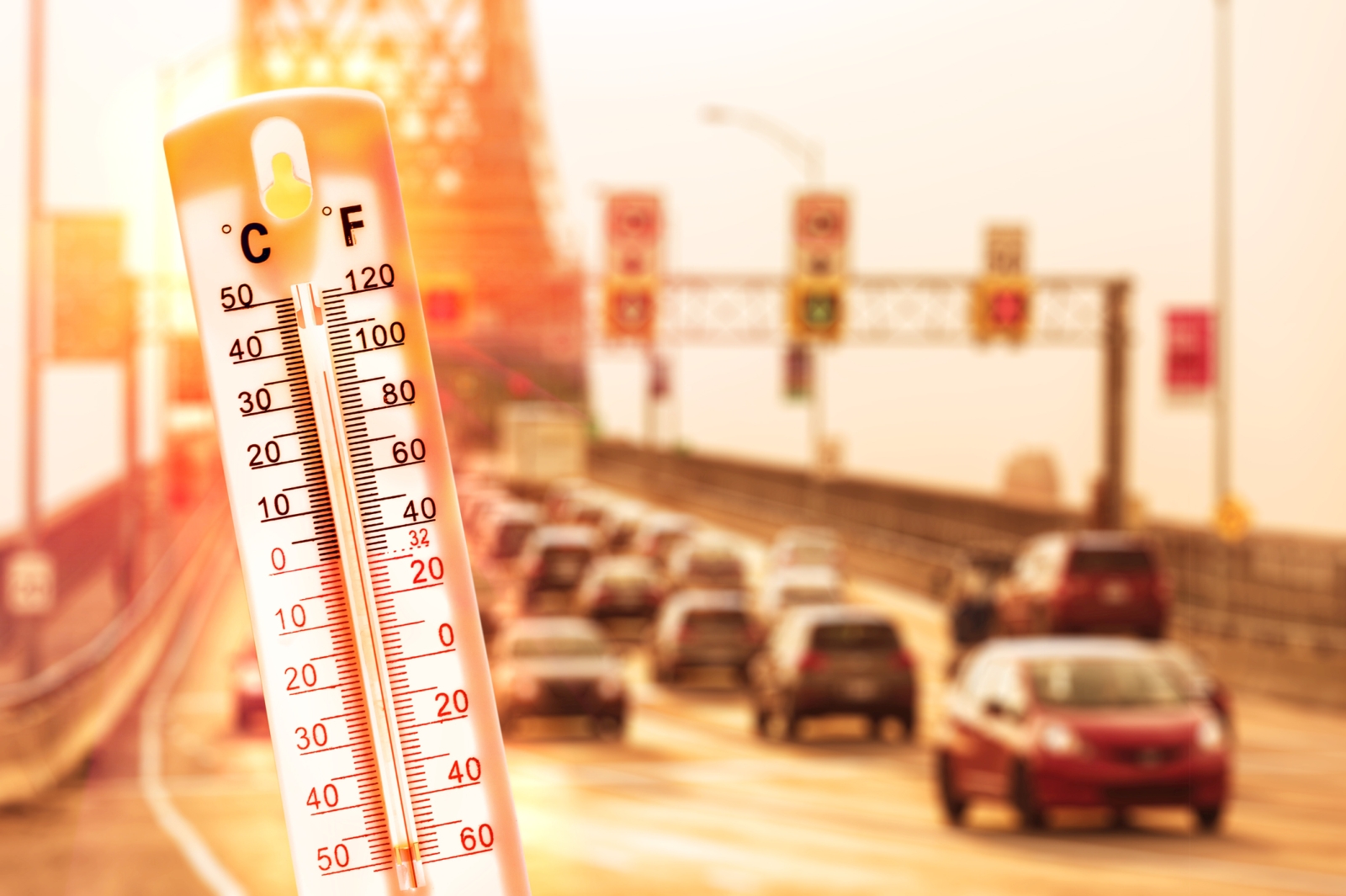Heat wave? This is what you should and should not do with your car
Hot summer days test your car to the limit
Of course, cars can take a beating. Manufacturers test their new models extensively, including under extreme weather conditions. This way you can be sure that the car’s paint will remain good even in the heat and the adhesive will not melt in the sun. But those who drive older cars would be wise to take extra care in hot weather.
Dry Rot
For example, tires can suffer from dry rot after only a few years. That aging process accelerates if you expose them to UV radiation and extreme heat for a long time. As a result, the oils in the rubber evaporate, your tires dry out faster and that makes them vulnerable. This increases the risk of a blowout while driving.
How do you prevent dry rot?
Dry rot usually strikes cars that are regularly left standing for long periods of time. It is wise to check tire pressure monthly. Also helpful: don’t park your car in full sun, but in the shade as much as possible, and consider covering your tires with a cover or towel. You can also rub tires with special tire protection products.

Overheated situations
Heat can also cause your engine to overheat. Such a “boiling engine” often occurs as a result of heavy load or lack of cooling driving wind. In short: while driving in the mountains or standing still in a traffic jam. Is there a coolant warning light on or does the temperature gauge suddenly shoot into the red? Then don’t wait, but park your car in a safe place as soon as possible and turn off the engine. This is how you prevent engine damage.
Can’t you stop safely? If so, set the heater to the highest setting, and the engine will be able to lose its heat better. Once in the parking lot, open the hood to allow the car to cool. Sometimes that can take a long time. When you check the cooling water level after cooling for a while, first check for cracked hoses or leaks around the radiator. Always unscrew the coolant reservoir cap carefully, otherwise you risk getting hot coolant water all over you.
Also read: Driving in the heat? This is how you prepare!
Bird poop? Paint damage!
Less risky, but still annoying: bird droppings. Especially in warm weather, the acids in bird droppings quickly “eat” into your car paint. The result: dull spots or even damaged paintwork. Do not wait too long and brush such spots clean as soon as possible. Beware of scratches and damage if you try to remove hard spots of bird droppings.

Waiting with washing
On a hot and sunny day, give your car a good wash? Easier said than done! The metal panels of a car retain heat. As a result, water dries up in no time and dried water droplets are left behind, with traces of lime and other minerals. Also, laundry products dry up faster in full sun, making them less effective. That way you end up with streaks and stains instead of a shiny car. This is not only a waste of hard work, but can even damage the car paint. In addition, water companies emphasize the need to use water sparingly during prolonged drought. While washing a car, you easily use 65 to 80 liters of water.

Heat in your car
A heat wave can also cause damage in your car. The dashboard and leather upholstery are put to considerable test in prolonged heat. Leather dries out faster and can even crack. A reflective sunshade helps block out sunlight while protecting against UV radiation. A white towel will help keep your dashboard from heating up.
Read also: How to get the heat out of the car

